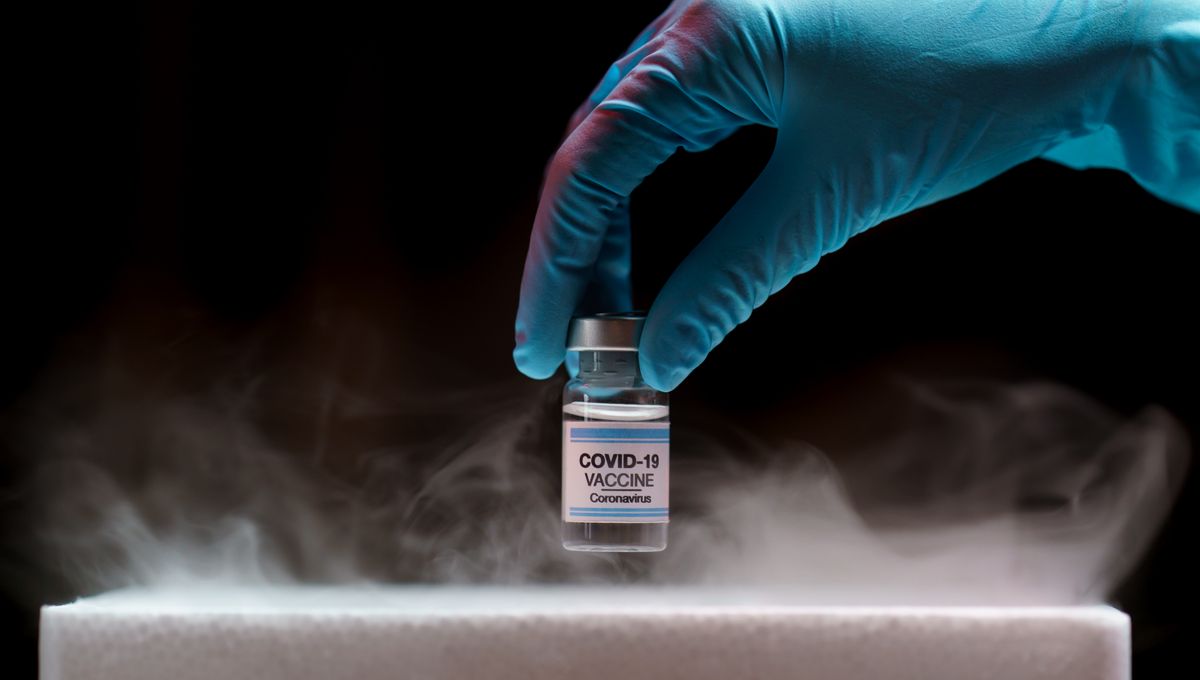Self-propelled nanoparticles have the potential to revolutionize drug delivery and lab-on-a-chip systems. However, their unpredictable and directionless movements have posed a challenge. But fear not, because a team of international researchers has come up with a solution to tame these synthetic particles.
Led by the brilliant Igor Aronson, the team at Penn State University has taken on the task of redesigning the nanoparticles into a propeller shape. This new shape allows for better control over their movements and enhances their functionality. The exciting results of their work have been published in the prestigious journal Small.
In the past, the fabrication of nanoparticles has been limited to simple shapes like rods and donuts. But Ashlee McGovern, a doctoral student in chemistry at Penn State and the first author of the paper, used a nanoscribe machine to experiment with optimizing the nanoparticle shape. She ingeniously redesigned the particles into propellers, which can spin efficiently when triggered by a chemical reaction or magnetic field. These propeller-shaped nanoparticles employ chirality, similar to a screw or spiral staircase, where the top face is mirrored by the bottom face.
The propeller shape allows the nanoparticles to spin counterclockwise when triggered by a chemical reaction with hydrogen peroxide, followed by an upward movement when triggered by a magnetic field. This optimized shape gives researchers greater control over the particles’ movements and enables them to pick up and transport cargo particles.
“Shape predetermines how a particle is going to move,” explains McGovern. “Chirality, or handedness, as a design feature has not been utilized enough in nanoparticle research and is a way to make the particles move in more and more complex ways.”
The chiral shape of these nanoparticles allows for precise movement in a specific direction. Depending on the tilt of the blades, they can spin clockwise or counterclockwise in place, powered by a chemical reaction between the metals in the nanoparticles and hydrogen peroxide. After experimenting with various numbers and angles of fins, as well as different thicknesses, the researchers discovered that using four or more fins at a 20-degree tilt and 3.3-micron thickness provided the greatest stability. Propellers with three or fewer fins exhibited uncontrolled movement. This newfound control allowed the researchers to manipulate the particles to capture and transport polymer cargo particles.
But the control doesn’t stop there. The researchers also found a way to manipulate the rotational direction of the micropropellers. By switching the rotational direction from counterclockwise to clockwise and vice versa, they can control the particle-to-particle interactions between two propellers. This means that the propellers can either attract or repel each other, further enhancing control over their movements.
Aronson, the head of the Active Biomaterials Lab at Penn State, where McGovern works, is excited about the future implications of this research. “Using tailored mechanical, magnetic, and chemical responses, we can exert more control than ever before on these nanoparticles,” he says. “In the future, we can leverage this control to apply this technology to design concepts for microscale devices or microrobotics.”
The possibilities are endless with this groundbreaking research. Self-propelled nanoparticles may soon become the superheroes of drug delivery and lab-on-a-chip systems, thanks to the innovative work of this international team.








